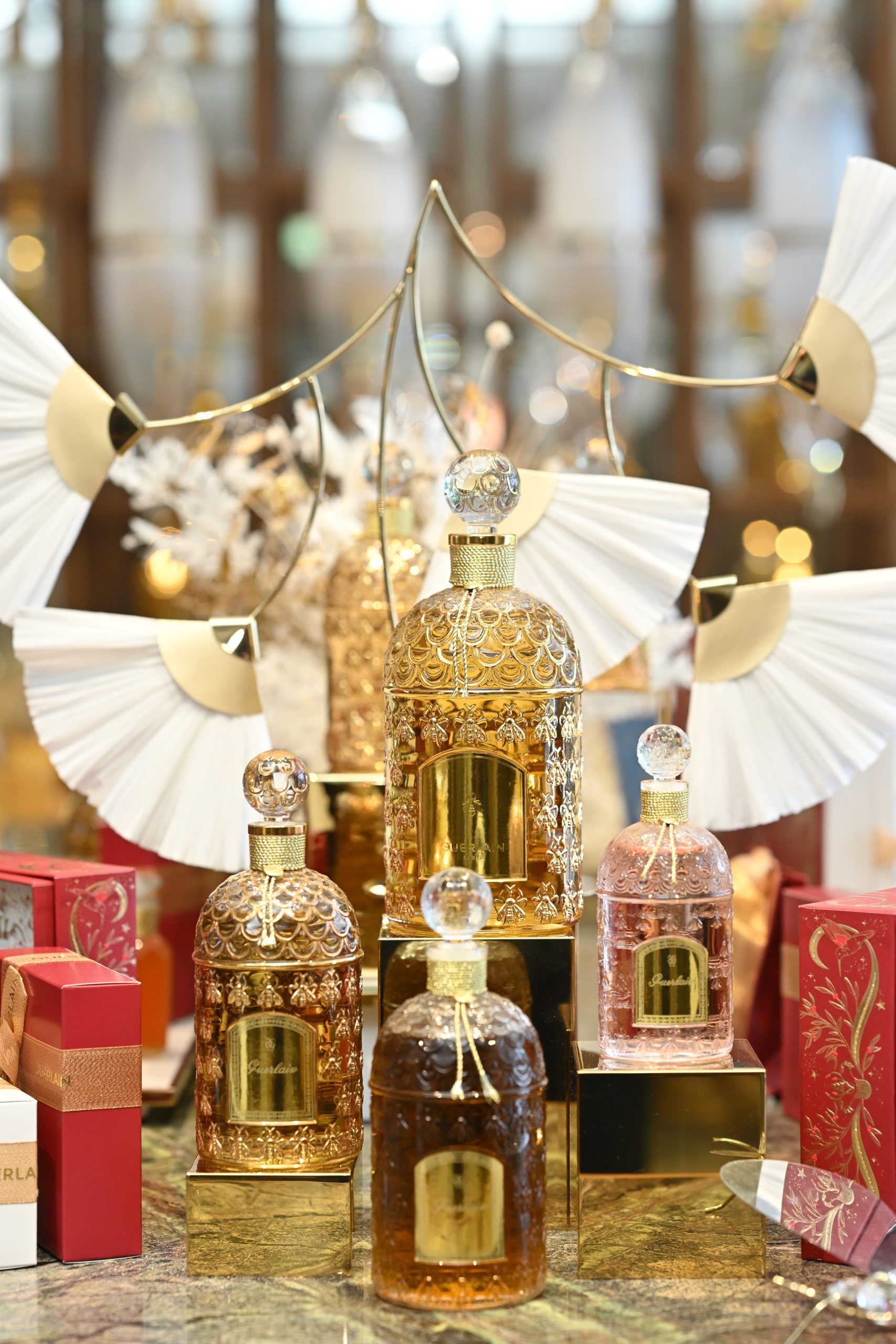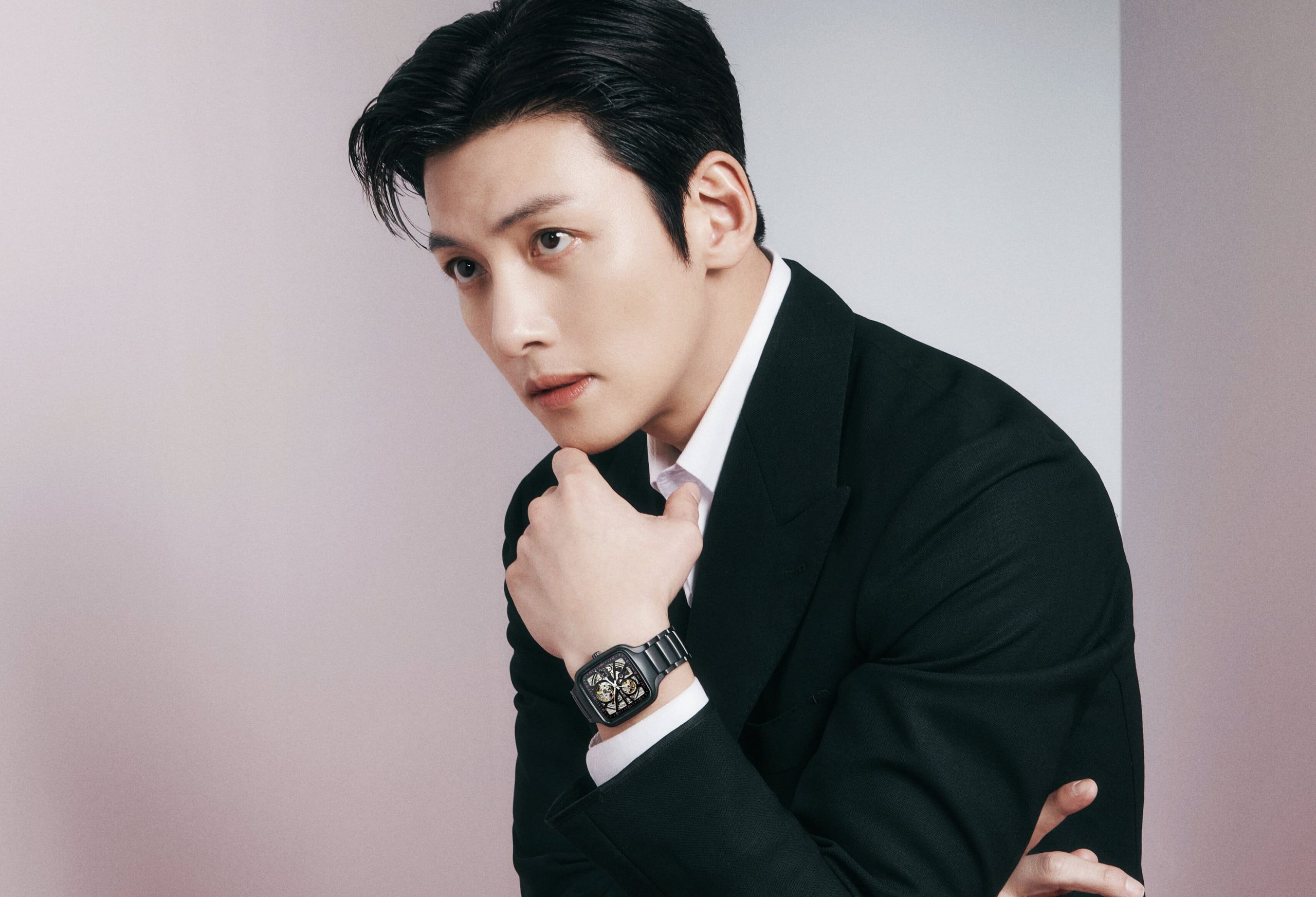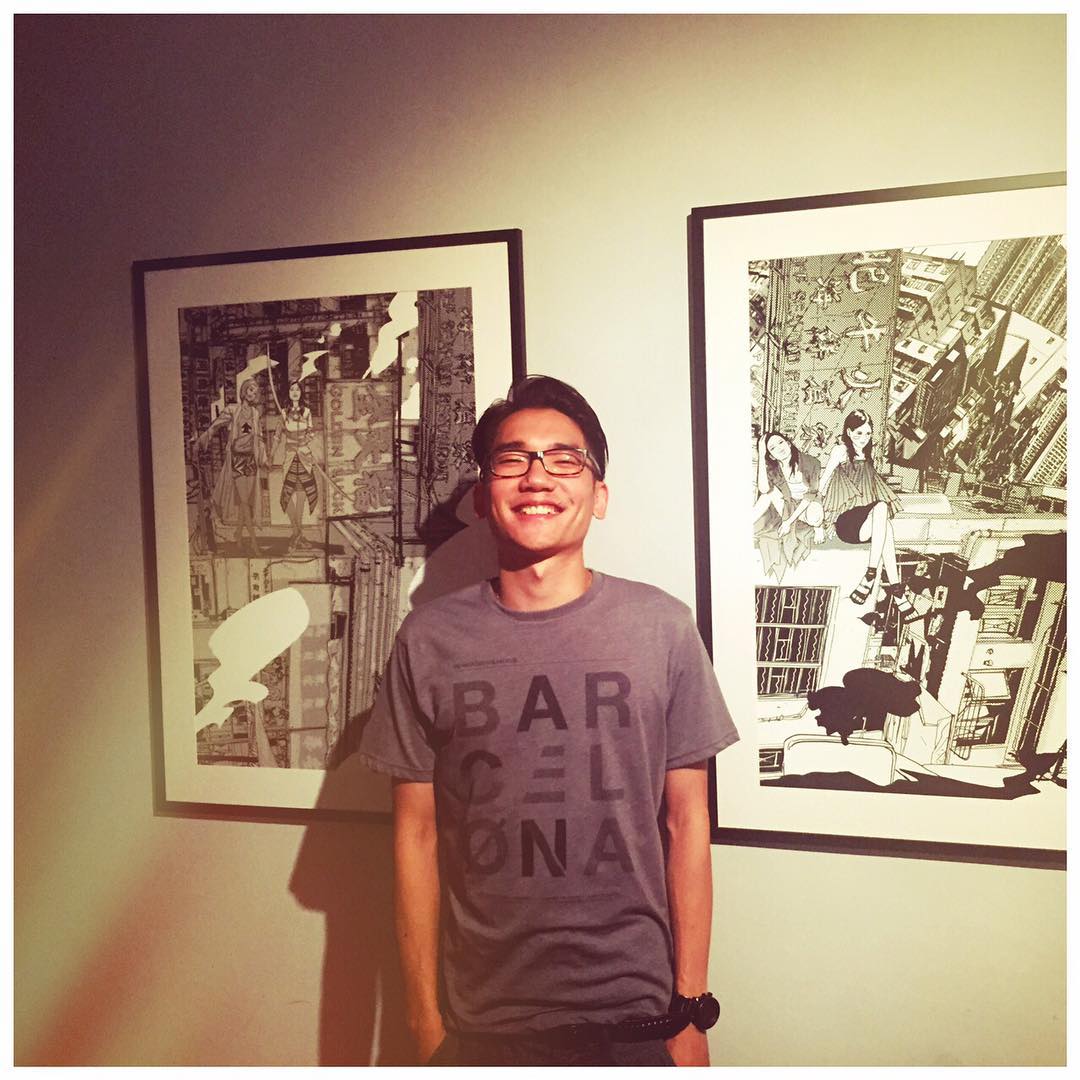Want to become an art collector but don’t know where to start? Jaz Kong gets a primer from some of Hong Kong’s leading experts in the trade
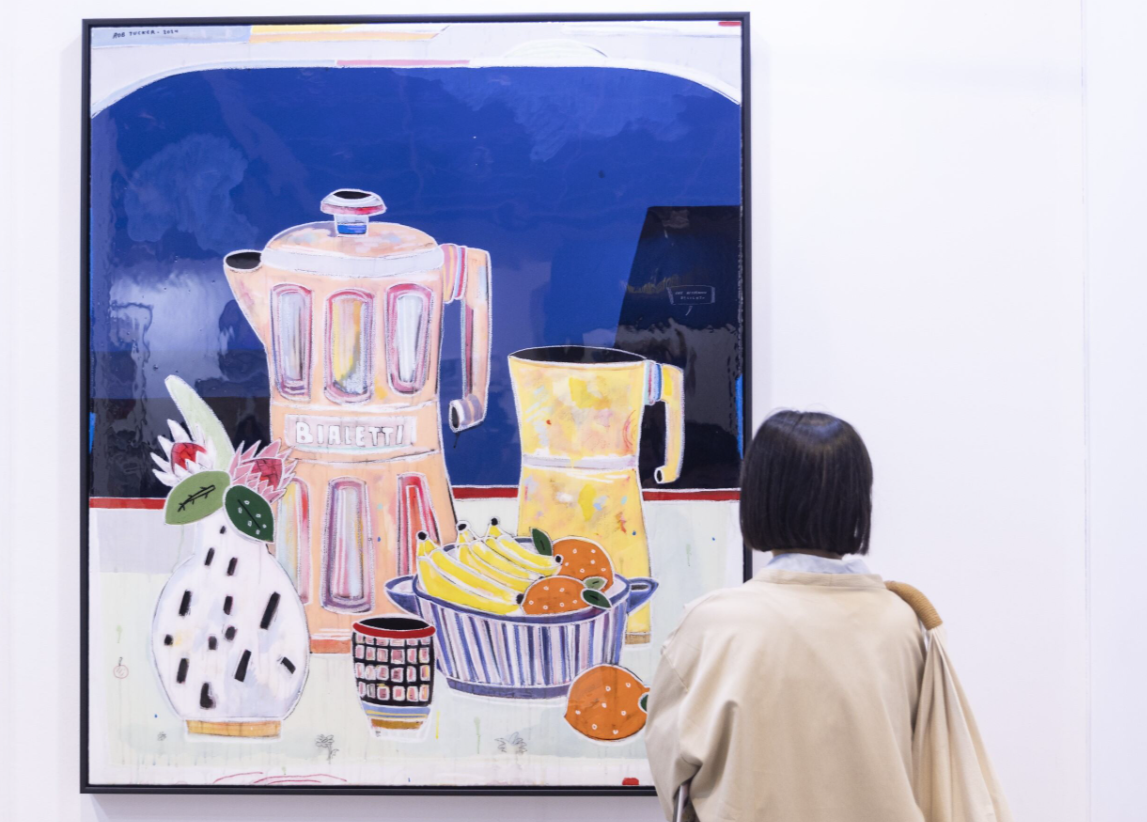
New year, new pastime? If you like the idea of amassing your own art collection, even if you’re not exactly flush with Picasso-level funds, now could be the perfect time to give it a go. The hype surrounding the art world is as buzzing as ever, auction records continue to be shattered, the primary and secondary markets are vibrant, and yet it’s not as frenzied as during the pandemic. With proper homework and the right preparation, you might be able to find something that looks equally good on your wall and in your investment portfolio. But even with a HK$100,000 cheque and mental readiness, taking the leap into the vast and resplendent art world might still feel intimidating. Fear not – our friends from every corner of the art world share their advice on what to do, how to start and what choices you have.
Regina Zhang, fair director, Affordable Art Fair Hong Kong
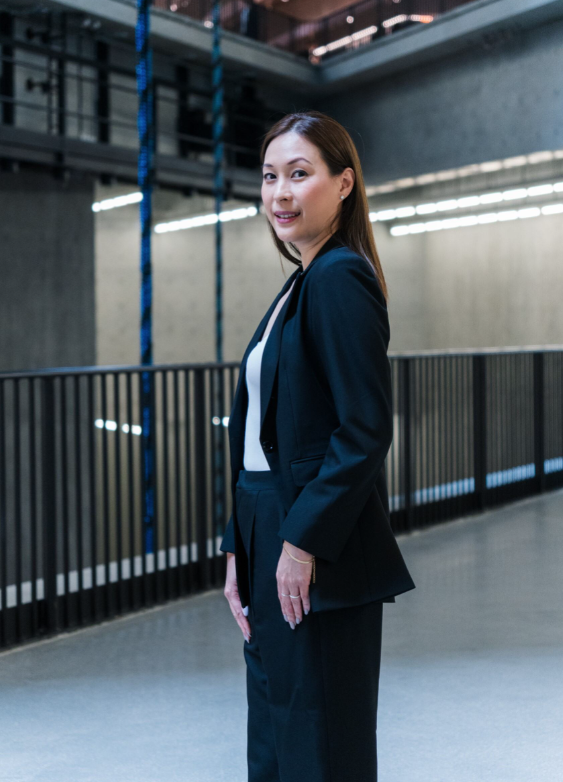
Launched in London 25 years ago, and a fixture of the Hong Kong art scene for the past 11 years, the Affordable Art Fair (AAF) has always maintained a price ceiling of HK$100,000 per work with a goal to make contemporary art accessible to everyone. “We believe that nothing should stop our visitors from having that wonderful work of art that they deserve,” says Regina Zhang, who joined AAF in 2019 and currently serves as fair director in Hong Kong. “Don’t assume that it must be costly – buying art might be a lot more reasonable than you think.”
If you’re an extreme introvert, the idea of opening the door to a quiet gallery just to browse might be nerve-wracking. That’s the beauty of art fairs – they’re for everyone and they have everything. “We want to make buying art as easy, happy and relaxed as it should be – which is why our founder Will Ramsay started the Affordable Art Fair in the first place,” Zhang says. “He wanted to create a welcoming environment through which to fall in love with art; and as a result, our fairs are designed to break down the barriers between collectors, gallerists and artists, helping our visitors to embark on their very own collectors’ journey. While we know that buying art is an emotional and intuitive experience, we’ve always encouraged our visitors to get chatting to exhibitors at the fair, face-to-face, to help them on this journey.”
That said, seeing over a thousand pieces of art ranging from paintings and sculptures
to photographs, limited-edition prints and even installations can be overwhelming. But
it’s also a perfect opportunity for first-time buyers to get a handle on the primary market in terms of value and trends, especially given AAF’s commitment to price transparency. “This eliminates much of the fear factor when new buyers come to collect art,” Zhang explains, “providing a friendly entry point for anyone who wants to dip their toes into art collecting.”
Another upside of attending an art fair that attracts more than 90 galleries from over 15 different cities is that buyers can quickly benefit from a global view. Much like the stock market or the fashion world, those who are trying to understand the art market want to know what’s hot and what’s next. While Zhang discourages following so-called trends, she has observed several key changes in the art market. “I don’t always follow trends, but what I can see over the last 10 years is a rise in artwork that is motivated by social movements. Sustainable art has also become widely popular as part of the eco-friendly movement.
Also see: Hong Kong Godfather of designer toys and the making of his “artoys”
Women artists have been more accepted and in demand, and in the affordable realm I think sculptures have also taken a place within the top five mediums of artwork purchased. Relatability is important when buying artwork, so the younger artists who are able to express themselves more freely do trend well. I’ve personally taken an interest in Chinese contemporary paintings, especially having lived in Hong Kong and met many talented young Chinese artists.”
AAF Hong Kong drew 23,000 visitors in 2024, around 25% of whom were first-time art buyers. ““As a general trend, we do see an increasing number of first-time art buyers at the fair, with the average age of art buyers getting younger each year,” Zhang notes. “In past years, the average might be 35 or above, but in current years, we are seeing younger art buyers at 28, 29 coming to the fair.”
Knowing the facts is one thing, but what should one do at an art fair? Zhang offers some guidance: “First-time art buyers may find choosing and purchasing a new image or sculpture a little daunting, but trust me, it needn’t be. Immerse yourself in the art scene, as often as you can! Do some research, take your time. See as much work as you can and make a note of your top five to 10 pieces. Also, speak with our friendly galleries at the fair. Many of our artists are also at the fair themselves.
“One of the most exciting parts of collecting contemporary art is learning about established artists or discovering rising stars. It’s not only important to get to know as much as you can about their status and background, it’s also fascinating to understand their inspiration and motivations, their techniques and materials. Last but not least, embrace the unconventional. Don’t buy an artwork because you think it’s what you should be buying; make sure your heart and head take equal part in your decision.”
Agnes Wu, gallery manager, 3812 Gallery
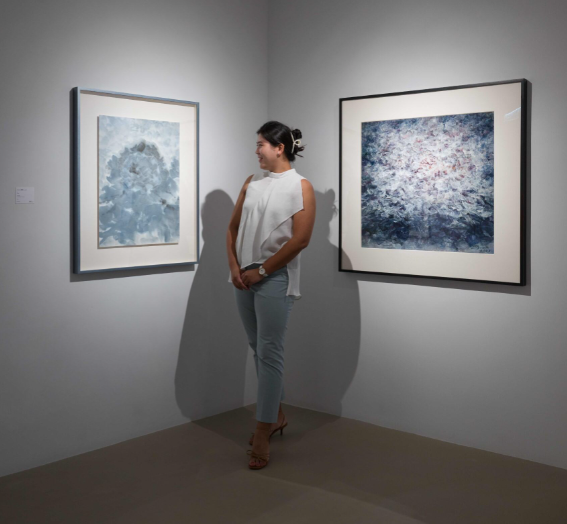
Co-founded by Calvin Hui and Mark Peaker, 3812 Gallery specialises in modern and contemporary Chinese art. With spaces in Hong Kong and London, it has participated in art fairs in Hong Kong, Taipei, Abu Dhabi, London and more. While 3812 represents museum-level masters such as Hsiao Chin, Raymond Fung, Liu Guofu and many more, the gallery is also committed to empowering young artists through YA! Young Art, which focuses on local young talents and price points as low as HK$8,000.
“3812 has always promoted Chinese contemporary and modern art, and pieces in our Hong Kong and London spaces normally have a higher price point,” says gallery manager Agnes Wu. “That has only changed in recent years since we started the YA! Young Art platform, which is also partly a response to the recent economic environment where a lot of buyers are requesting art in a lower price range.”
Despite its reputation for higher-priced artists, 3812 serves as a great case study for emerging collectors. Also, understanding the mechanism of galleries allows would-be collectors to gain deeper knowledge and insights into the practice, especially when one is interested in local artists. Take Thomas Ngan, a 29-year-old artist that 3812 began representing in 2024, as an example.
“A lot of seasoned collectors who are usually interested in more established artists find it rather easy to collect Ngan’s works,” Wu says. “My understanding is that the collectors have the spending power, and this price range allows them to be comfortably decisive without needing a lot of time to consider. Their second consideration is that when it comes to investment, the potential of collecting young artists is a lot more promising. Either collecting works in their prime stage or witnessing changes in a younger artist’s career allows more room to grow. From my experience, for artworks that are HK$200,000 and up, collectors need more time to make up their minds, especially for Asian collectors where space is scarce.”
As an aside, Wu shares another curious observation based on her recent travels to global art fairs. “More and more collectors tend to buy smaller works. It’s a rather multicultural trend I’ve seen in Bangkok or London or elsewhere – they will put up collages of smaller works on their wall, much like a picture wall. Again, both the size and price of the artworks doesn’t raise too much of a flag for them in the decision-making process.” However, from an investment point of view, smaller artworks usually have lower resale value or opportunities. So while this approach may sound appealing to Hong Kong buyers with limited space, those collecting to invest should consider this factor.
This prompts another question: when collecting art with a lower budget, what are
the benefits of buying local artists’ works from a more established gallery? Wu points to 3812’s rigorous selection process when determining whether to represent an artist. “We take various perspectives into consideration: talent, ideas and aesthetics. When communicating with a new artist, it’s similar to making a new friend – the room to listen and grow together is key. It’s essential for both sides to be able to offer and accept feedback and criticism; that’s the only way for both the artist and our business to grow.”
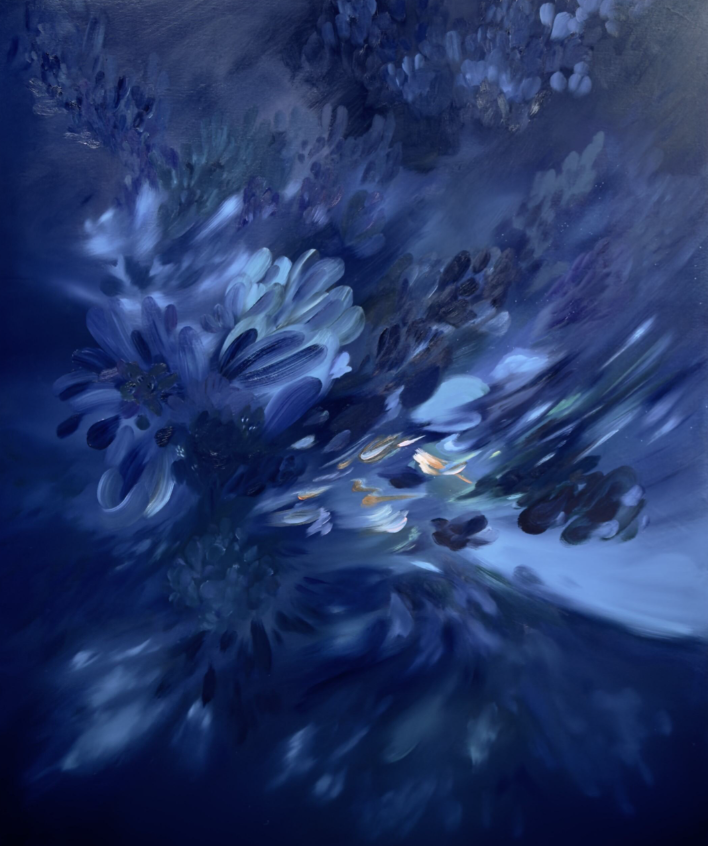
Love Language: Joanne Chan Solo Exhibition, which was on display in December at 3812, is a great example of how the gallery and Wu scout and nurture their artists, both as business partners and as friends. “I’ve known Chan for four or five years now. Ever since she was in her colourful spray-paint stage, I’ve known of her talent. Then came the passing of her grandparents and she wasn’t able to paint for two to three years,” Wu says. “As my heart ached for her, I encouraged her as a friend to keep expressing herself with art, and seeing her development in this show gives me a high level of satisfaction.”
“Of course, from a business point of view, technique is always the top priority,” says Wu, returning to the selection process. “Then we see if they’re hard-working, and if they’re able to give a holistic presentation in the gallery for our collectors. They don’t merely look at a single artwork, but an overall presentation as well as whether the artist is willing to push themselves further to develop a unique voice in the future.”
Much like how a gallery prices a new artist, when deciding on a young artist, emerging collectors can look at his or her institutional records and compare notes with similar artists at art fairs. However, Wu wishes to remind young collectors that whether they like the art is the most important factor. “I’ve been a first-time buyer myself. To this day, I still remember why I bought the piece – it’s by an artist I’d been admiring for a long time and I always feel meditative seeing the work hung at home,” she says. “Art is living, and there’s no art without living. Collectors should be able to admire the works they collect. And the same goes for us gallerists and artists – it should be enjoyable.”
Also see: What to look for when buying art


